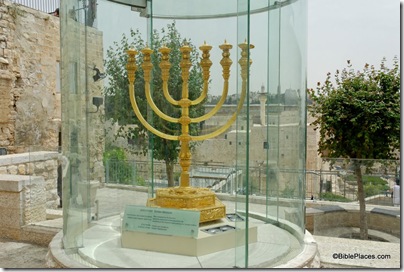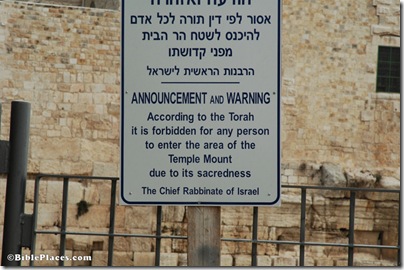Many interesting finds have been made from the pile of “trash” that was removed from the Temple Mount and dumped in the Kidron Valley. The Jerusalem Post reports the latest discovery.
Two ancient coins, one used to pay the Temple tax and another minted by the Greek leader the Jews fought in the story of Hanukka, have been uncovered amid debris from Jerusalem’s Temple Mount, an Israeli archeologist said Thursday.
The two coins were recently found in rubble discarded by Islamic officials from the Temple Mount. It is carefully being sifted by two archeologists and a team of volunteers at a Jerusalem national park.
The first coin, a silver half-shekel, was apparently minted on the Temple Mount itself by Temple authorities in the first year of the Great Revolt against the Romans in 66-67 CE, said Bar-Ilan University Professor Gabriel Barkay, who is leading the sifting operation.
One side of the coin, which was found by a 14-year-old volunteer, shows a branch with three pomegranates, and the inscription “Holy Jerusalem”; the other side bears a chalice from the First Temple and says “Half-Shekel.”
In the Bible, Jews are commanded to contribute half a shekel each for maintaining the Temple in Jerusalem. At the time of the Temple’s construction in the sixth century BCE, every Jew was ordered to make an obligatory symbolic donation of a half-shekel. This consistent yet small payment allowed all Jews, irrespective of socioeconomic position, to participate in building the Temple.
You can read the full story here.
In related news, the archaeologists in charge of this project face a significant funding shortfall. A recent letter from Gabriel Barkay and Zachi Zweig concludes:
The Temple Mount Sifting Operation is not a project for an elite group of archaeologists. It is now the property of the entire Jewish people, including the tens of thousands of volunteers who have helped us sift through the rubble over the years. Many times throughout history the most important projects are adopted by private donors who have the privilege to make a significant difference well before the state steps in to help. The Temple Mount Sifting Project is just such an opportunity. Please take part in this effort to save the Temple Mount Antiquities and help us to continue the educational programming which is having an immeasurable impact on thousands of visitors from all walks of Jewish life.
You can read more about this important project and learn how to make a contribution here.
HT: Joe Lauer

